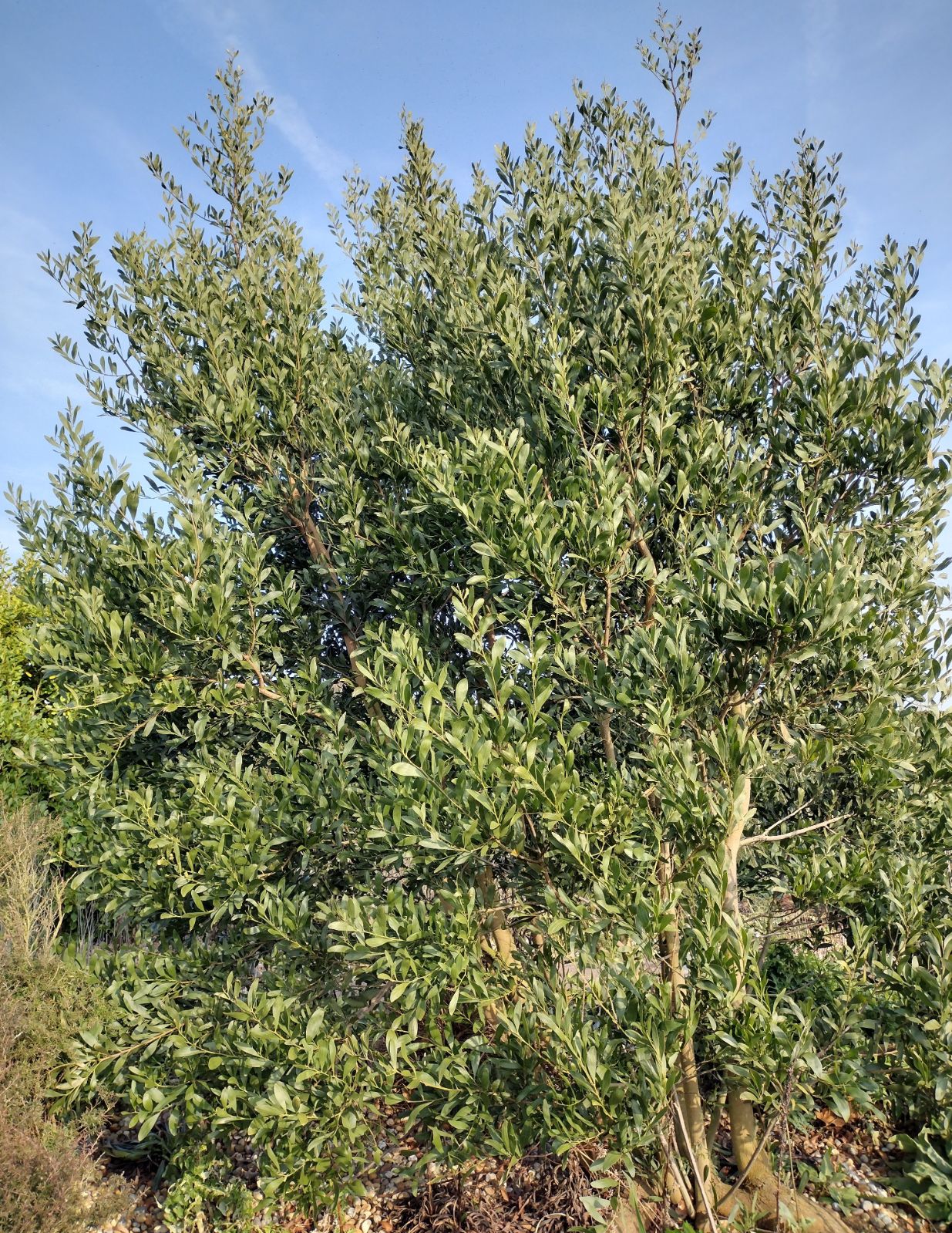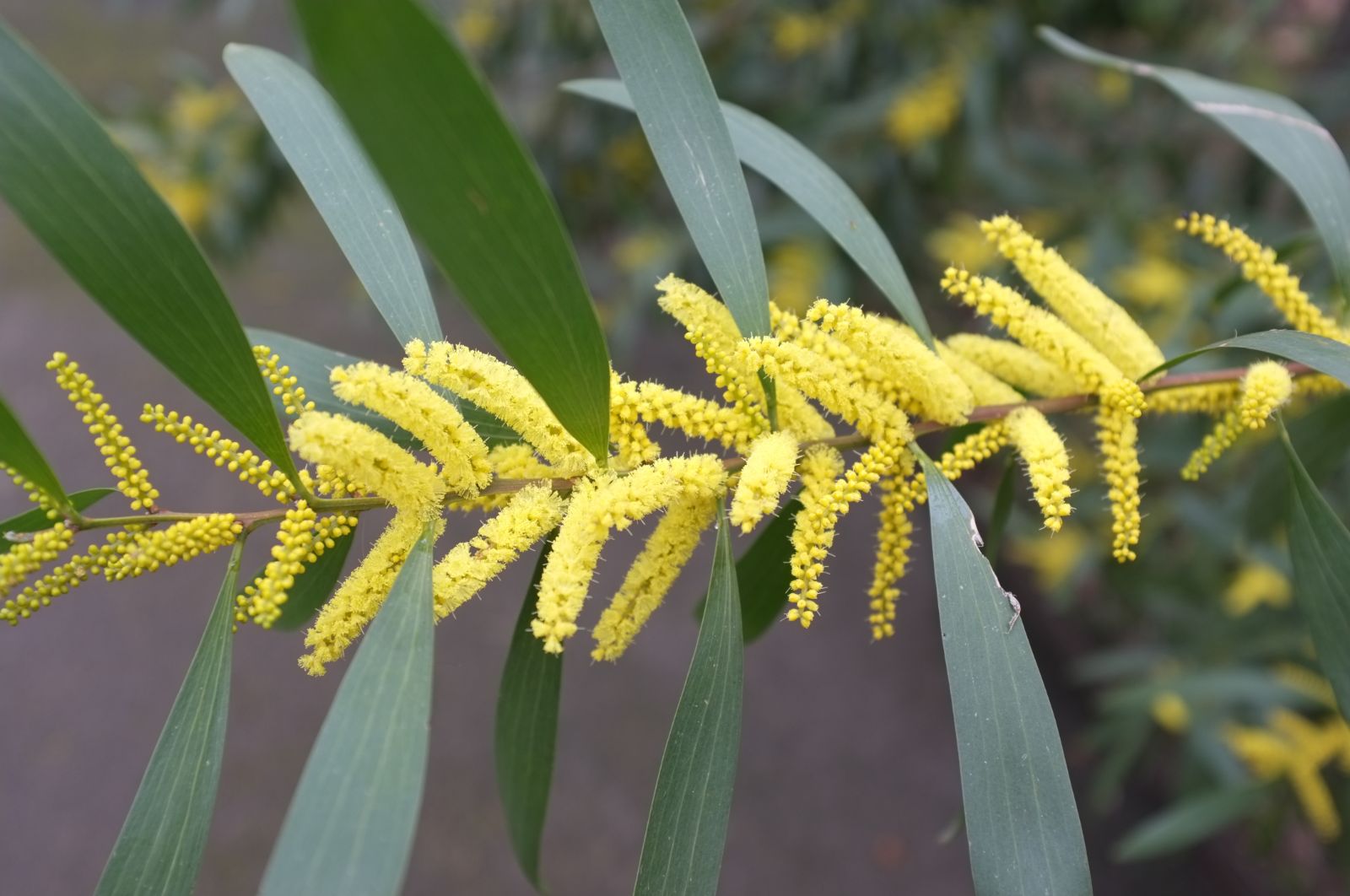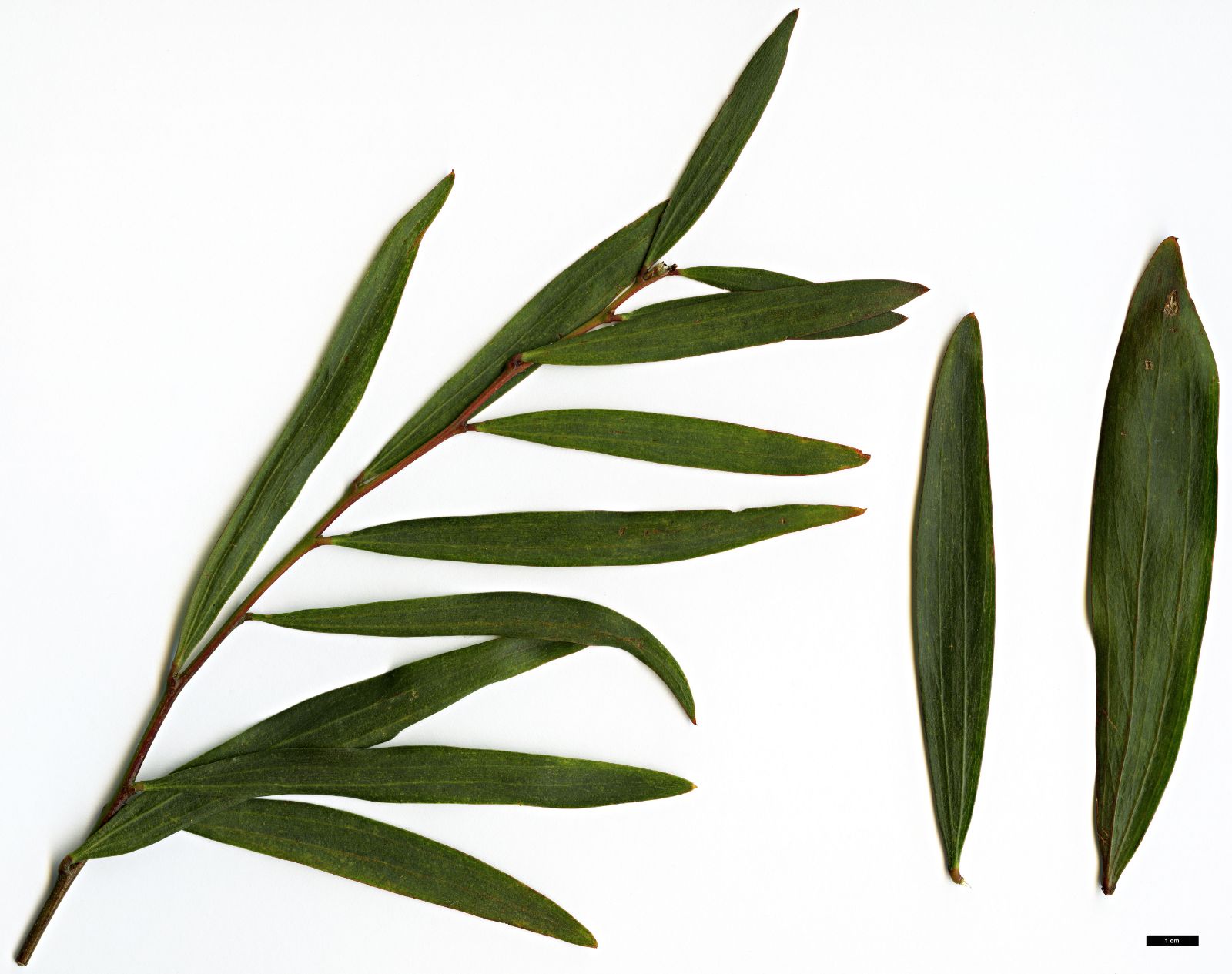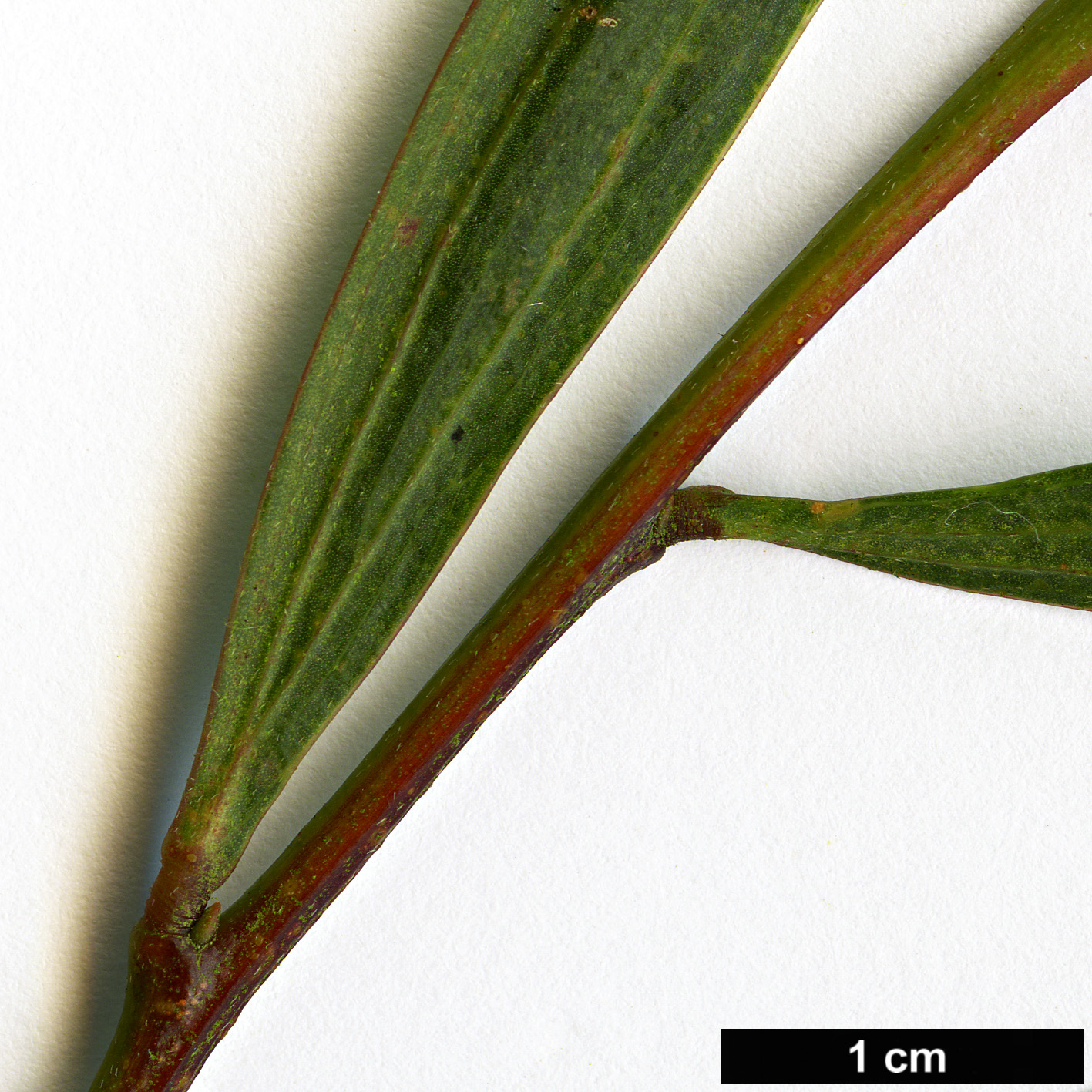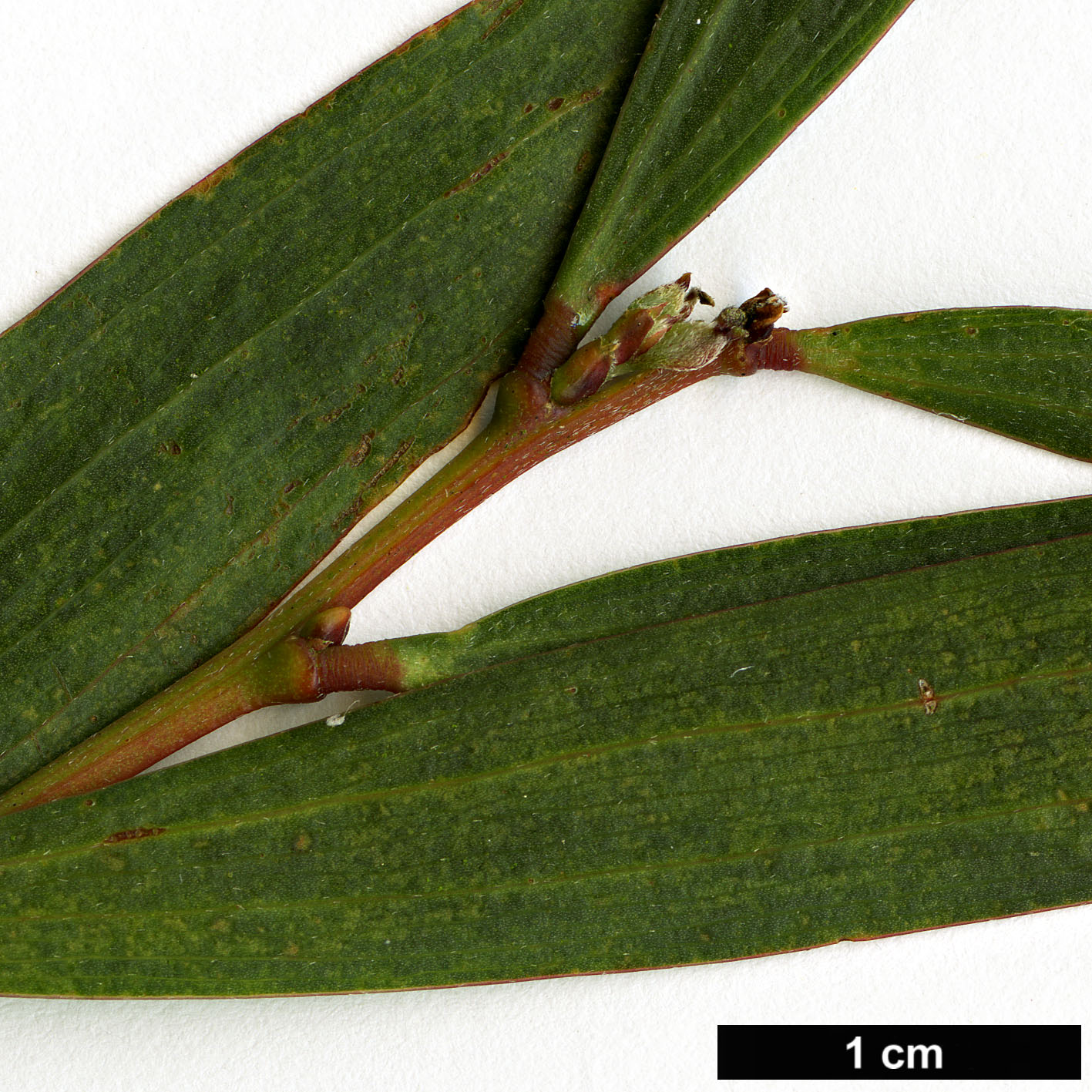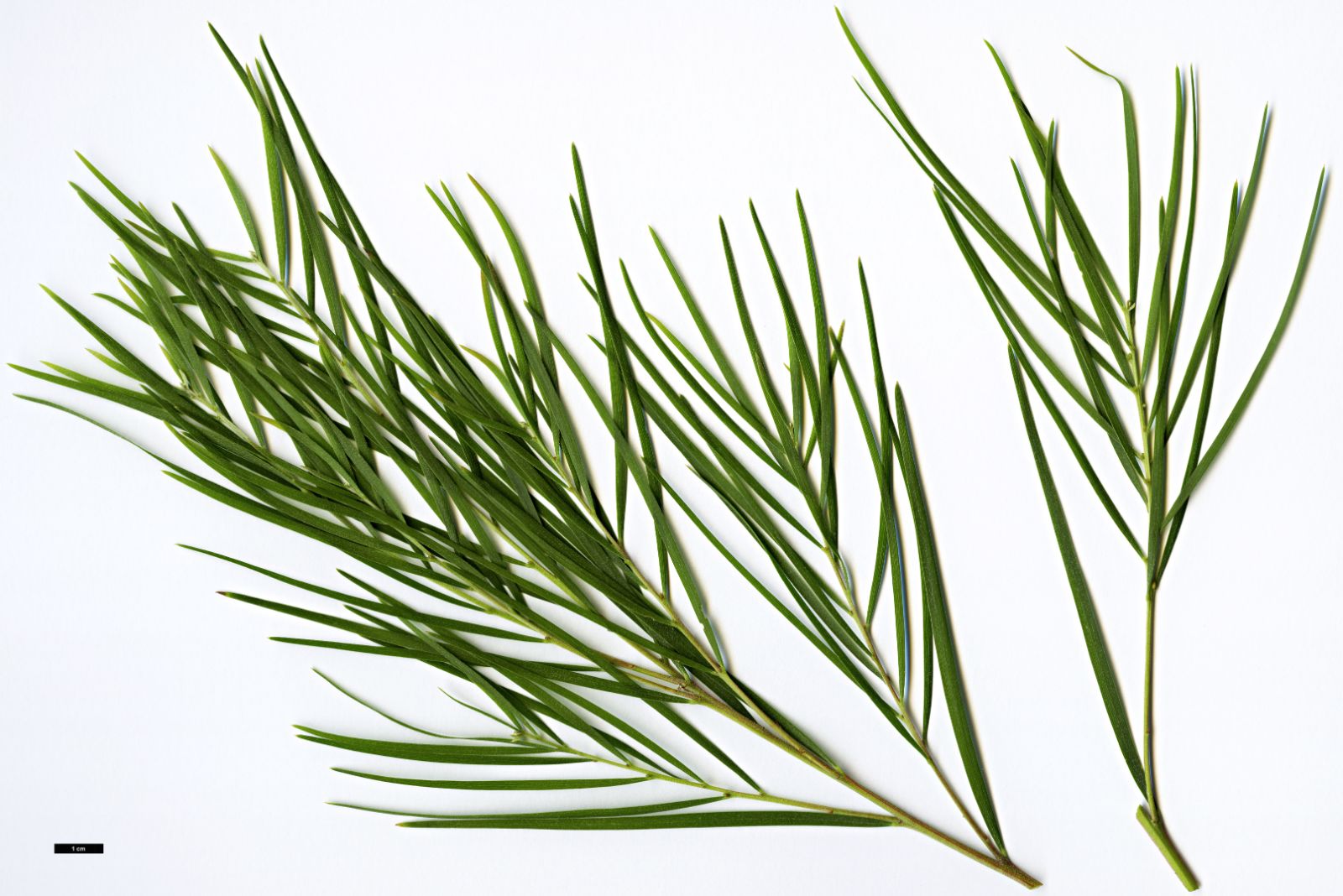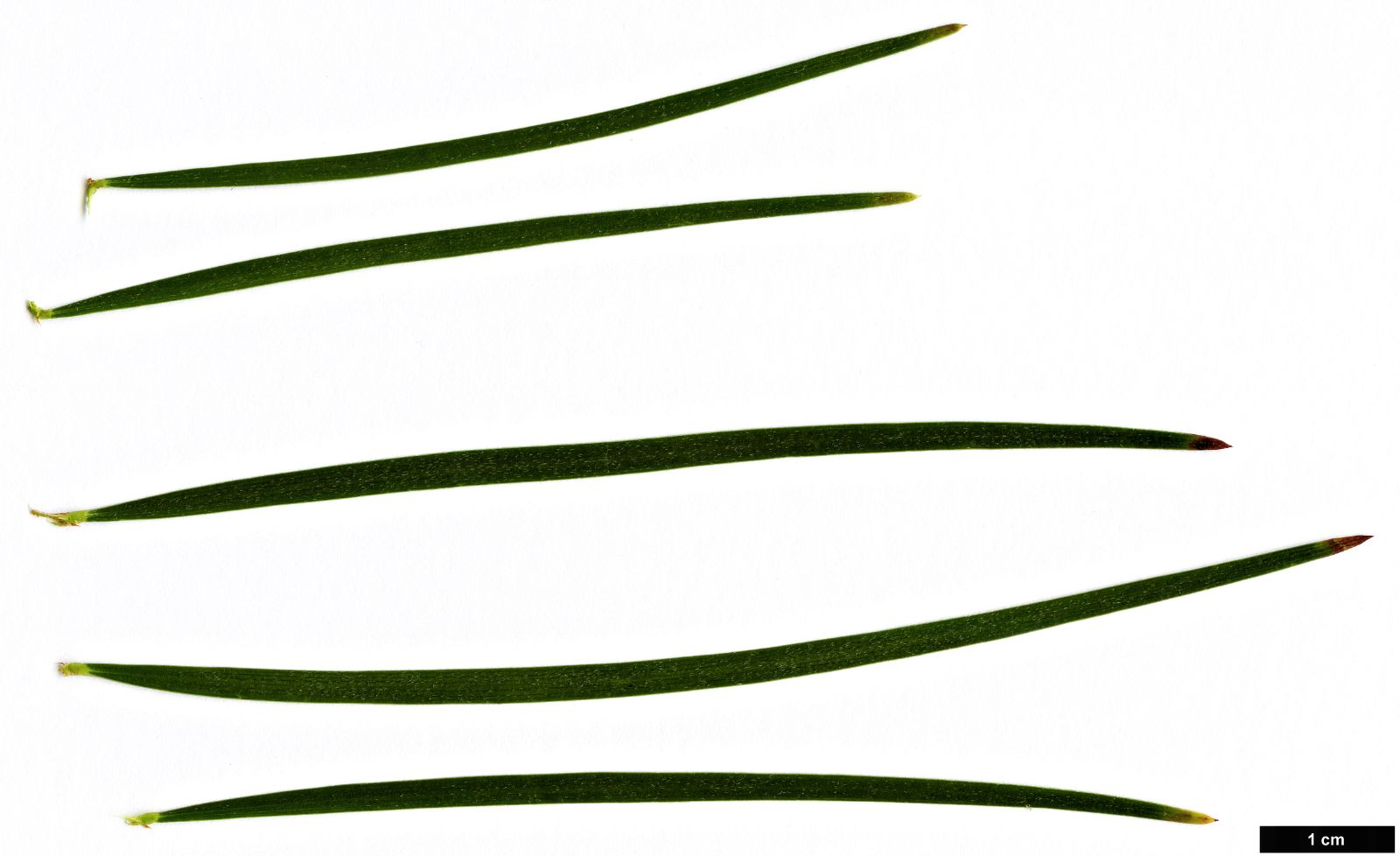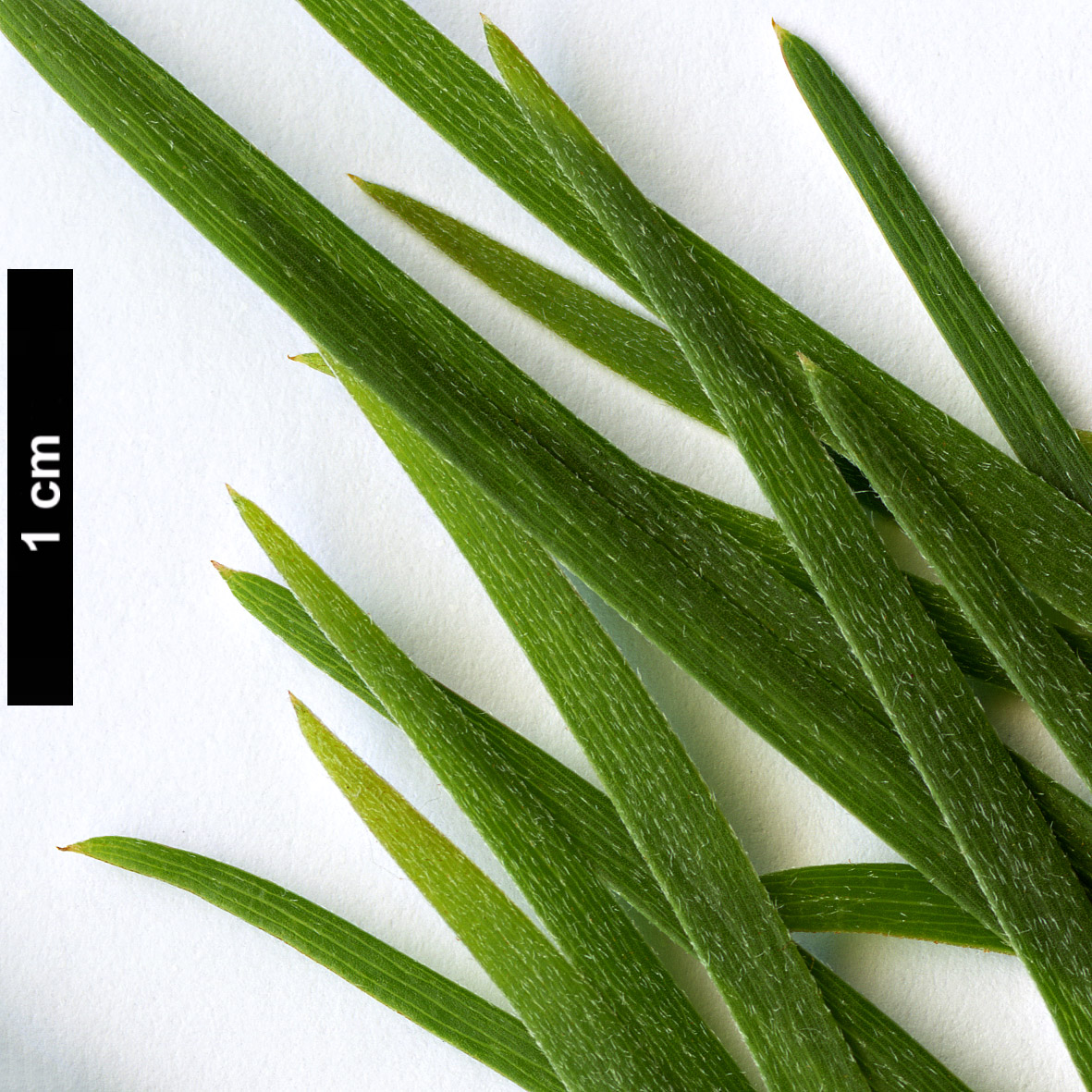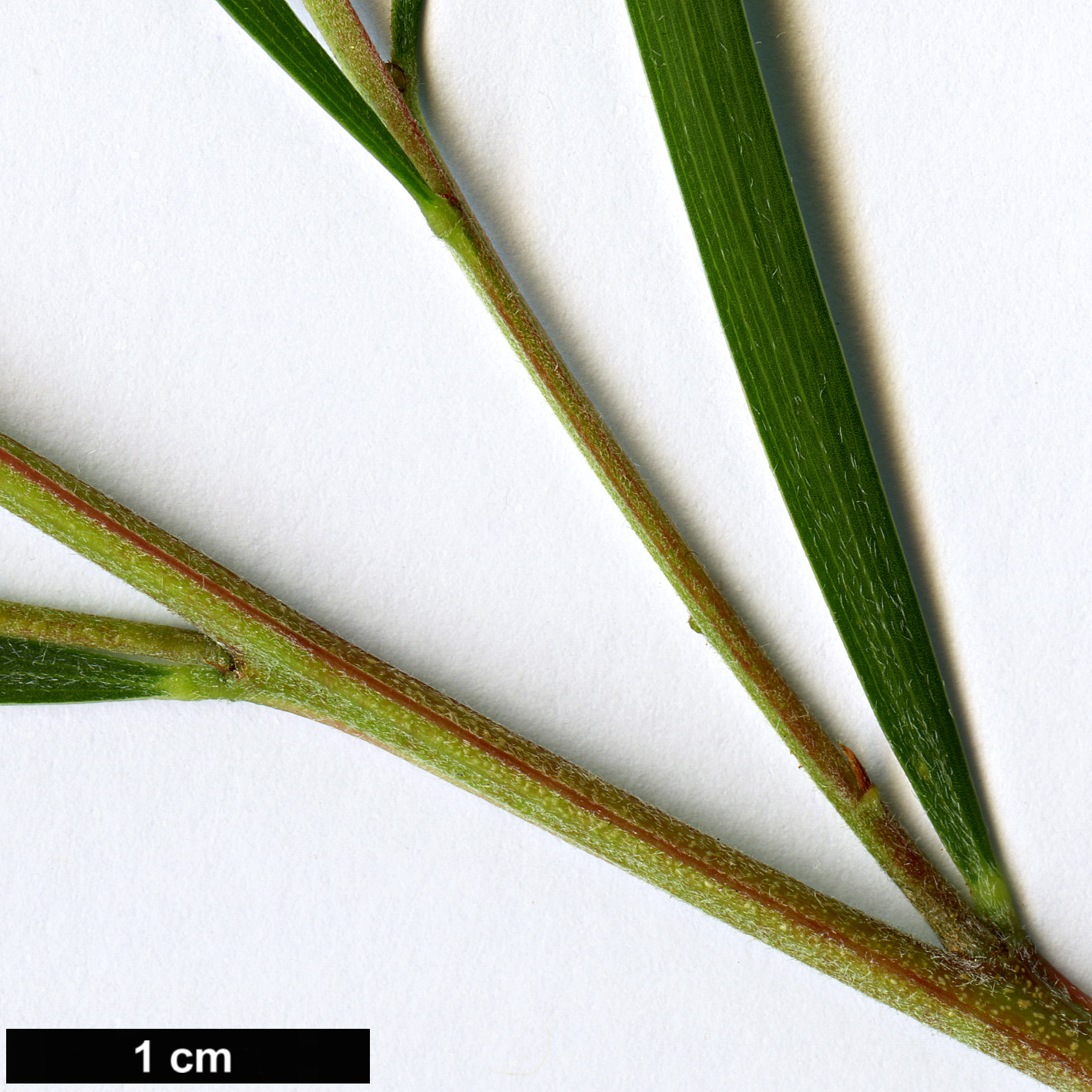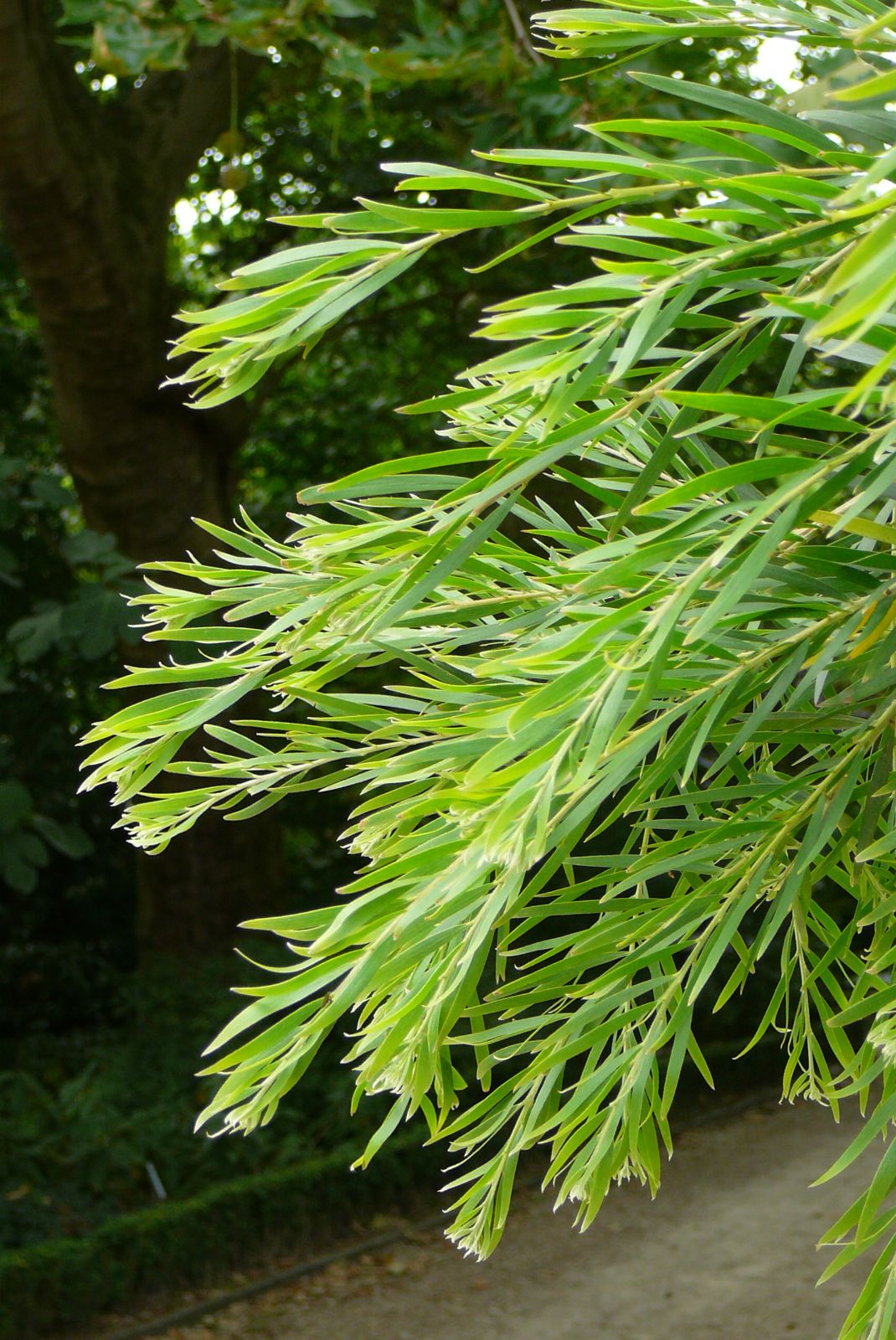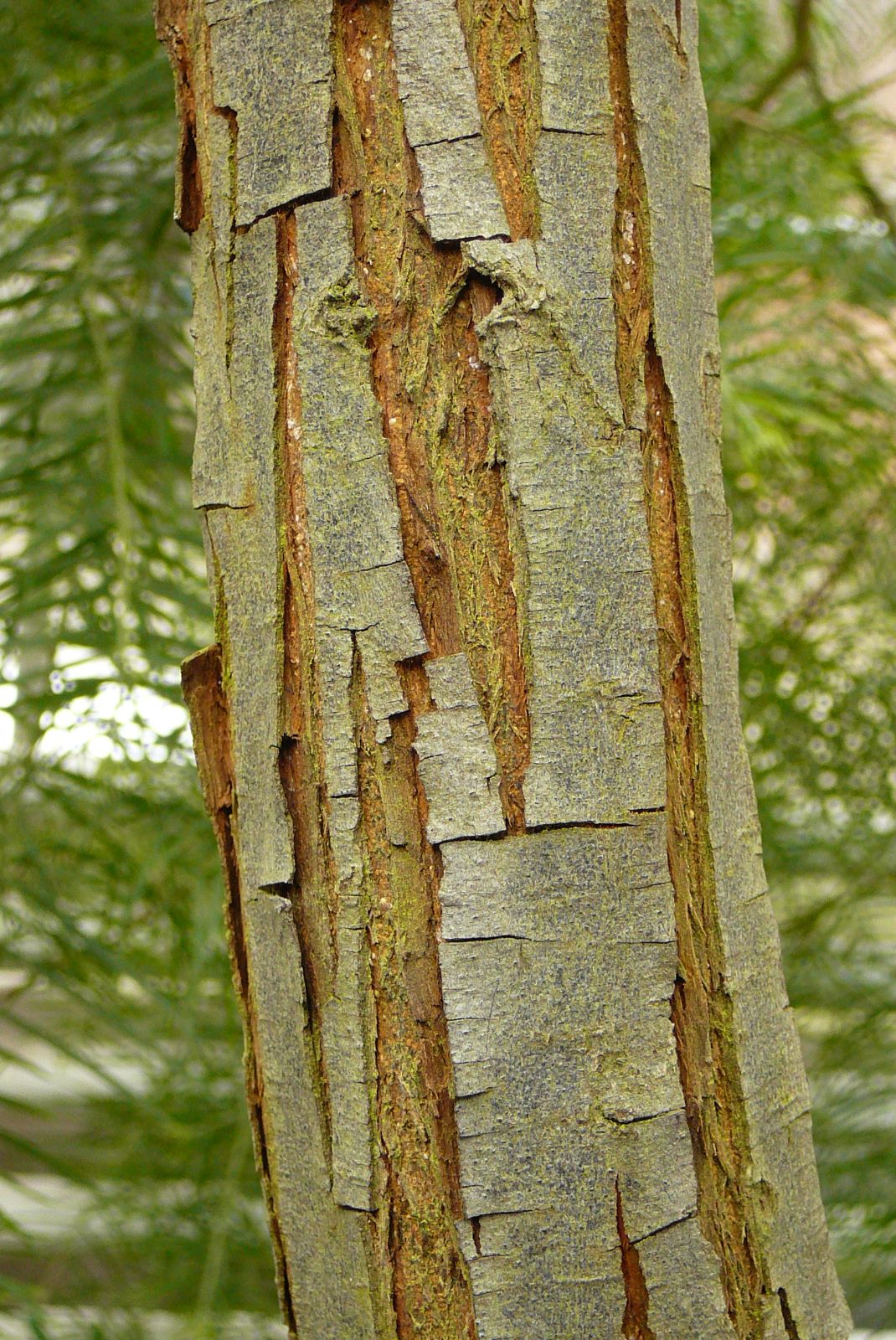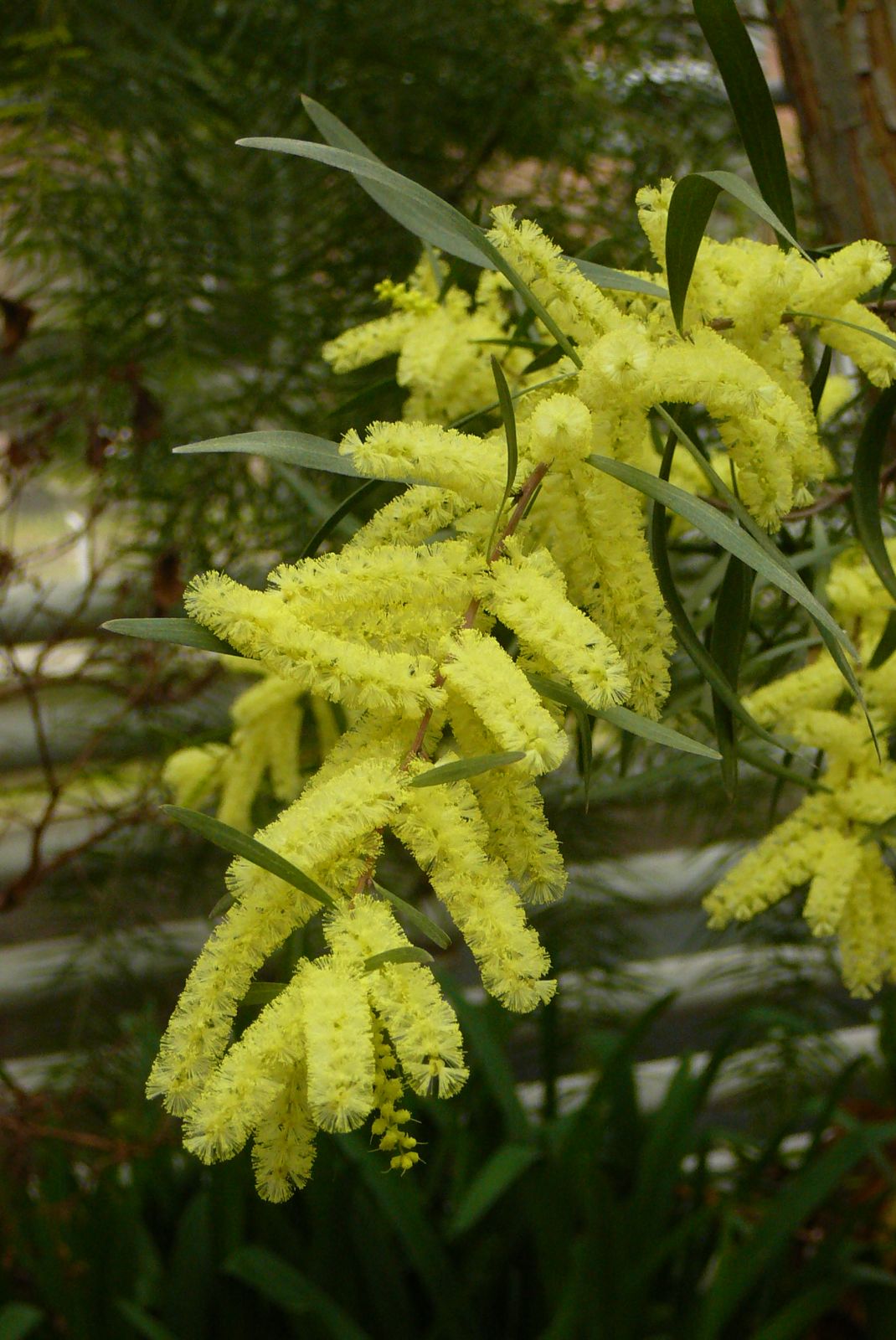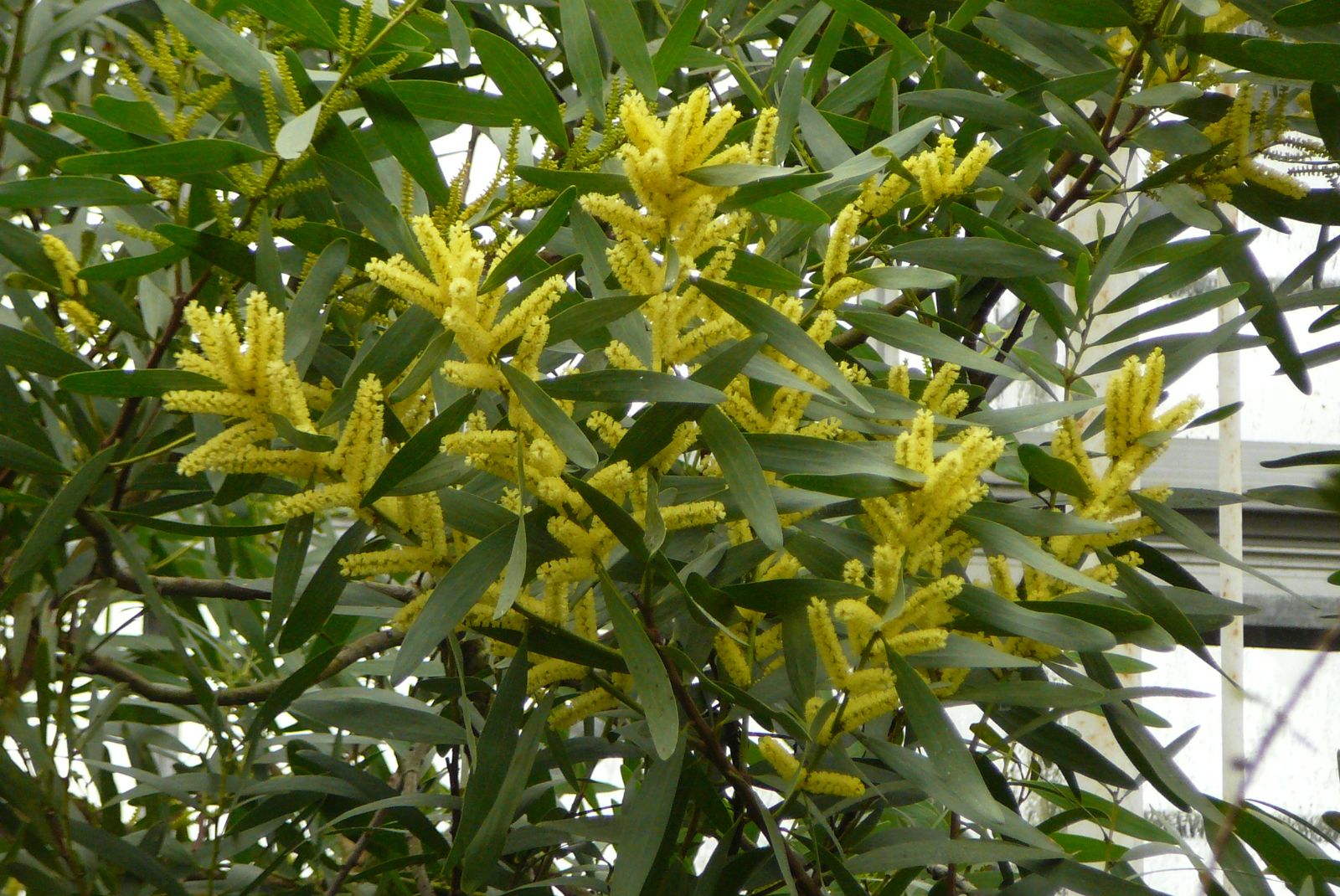Acacia longifolia
Credits
Article from Bean's Trees and Shrubs Hardy in the British Isles
Recommended citation
'Acacia longifolia' from the website Trees and Shrubs Online (treesandshrubsonline.
Infraspecifics
An evergreen small tree or shrub 15 to 30 ft high, of vigorous growth; young shoots angular, usually glabrous. Phyllodes leaf-like, leathery, oblong-lanceolate, blunt or more or less pointed, tapered at the base; 3 to 6 in. long, 3⁄8 to 3⁄4 in. wide; dark green. Flowers bright yellow, produced from the axils of the phyllodes in cylindrical spikes 11⁄2 to 2 in. long, 1⁄4 to 3⁄8 in. wide. Pod 3 to 4 in. long, 1⁄6 to 1⁄3 in. wide. Bot. Mag., tt. 1827, 2166.
Native of the Australian mainland, and (if interpreted in a wide sense) of Tasmania; introduced in 1792 and ever since a popular cool greenhouse shrub. It can usually be recognised by its large, narrowly oblong ‘leaves’ and its long, rather slender flower-spikes, which open in spring. It has been grown in many Cornish gardens, and the late Sir F. Stern once had a plant against his house at Highdown, Worthing, eventually killed by frost. It is one of the most lime-tolerant species, and for that reason used on the French Riviera as a stock for other species. It is popular as a street tree in California.
From the Supplement (Vol. V)
A. mucronata – This species is hardier than the related A. longifolia. Indeed, Messrs Hillier consider it to be the hardiest of the genus.
A mucronata Willd
This is best considered as an independent species, although it is closely allied to A. longifolia, and has been considered a variety of it. It is widespread in Tasmania and is also found on the mainland in Victoria. Typically, this species has very narrow phyllodes, to about {1/5} in. wide at the most, with three to five rather prominent nerves; but in foliage characters it is very variable. Bot. Mag., t. 2747.
var. floribunda (Vent.) F. v. Muell.
Synonyms
Mimosa floribunda Vent
var. sophorae (Labill.) F. v. Muell.
Synonyms
Mimosa sophorae Labill
Distinct in its spreading habit and short, broad phyllodes, often widest above the middle. It is found wild in Tasmania on sand dunes, and in S. and E. Australia; said to be very resistant to sea-winds. It is sometimes given specific rank as A. sophorae (Labill.) R. Br.

